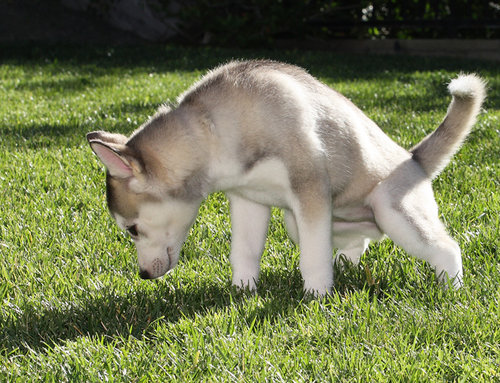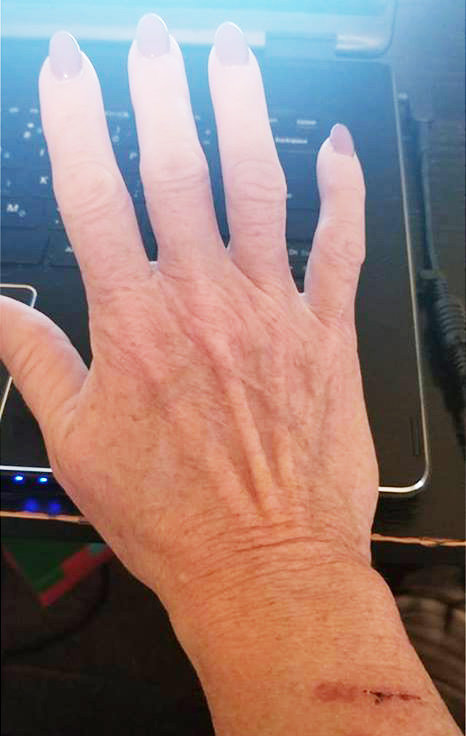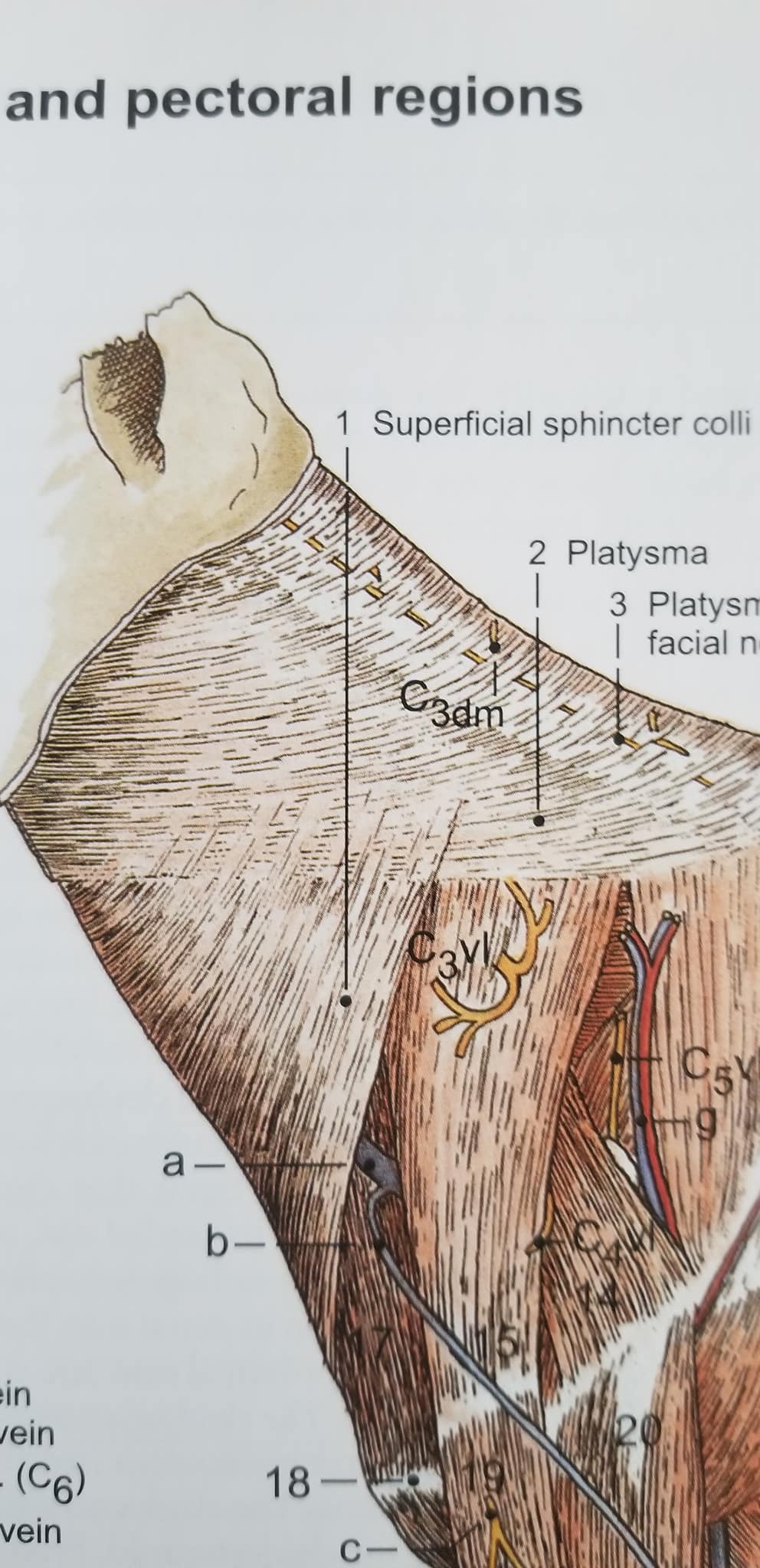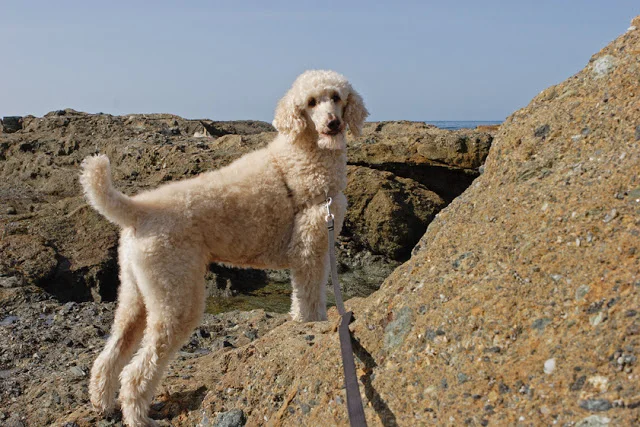Our Granddaughter enjoying the company of Elsa and Riggs. Elsa adores her as she does the rest of her Grandbabies. I refer to Elsa as our Nanny dog as she LOVES her babies; but much supervision is instilled around dogs, babies and kids. Elsa would like to care for them as she would her own puppies so we intervene often. Riggs is just learning about kids and babies. (No worries, both Grandpa and I were right there to grab little grabby hands.) :)
Happy Thanksgiving to all. Our family had a Thanksgiving celebration last weekend which has become our tradition now. This way everyone can make it and we don’t have to divide the family to other families. This year all but one bunch made it due to stomach flu. It’s always something when you have 5 children four years and under. So we were five bodies short but had a good day nonetheless.
Our youngest grandchildren are now around the 6-8 month mark which makes them mobile. This is the time when our dogs can have a tough time dealing with a crawling little human. I am happy to say that Riggs is really not hugely concerned with the recent mobility issue and the little ones have been assimilated into the “family” in his mind. Of course the shrieks, crying and screaming were something he had to get use to but he is doing really well in that department.
He has also done extremely well dealing with little Miss Luna coming to our home with her family. Luna is a very dominant female who Elsa has learned to live with as well. Even Luna has learned that it is not okay to come in and rule the roost; that is Miss Elsa’s place and she does it with finesse, elegance and grace (not that I think she is the most amazing dog in the world or anything). ;)
So, we are three weeks out now since Riggs got neutered and to date there has been drastic change in him.
He is much more affectionate.
Marks nearly not at all.
Barely pulls on his leash on walks.
Wants to actually play with Elsa.
Is more calm in many situations.
The changes have all been very drastic and positive. I am very happy that I chose to neuter him. Like I always say “all dogs are very different” like us. When Riggs first joined us my choice was to not neuter unless needed. As time went on I saw a need to neuter and it was the right thing to do for everyone involved. He is much more stable now; having lessened the testosterone surge in his body. I truly believe that he just had too much to live happily with. Sure it might have petered off and settled down in months and years to come but then he would have missed out on so much regular day to day joy.
The only thing I have seen that could be minutely negative is that he seems cautious and suspicious. I will elaborate on each change in detail in future blogs. But this more aware thing seems to have come from the absence of testosterone drive. Almost like he is seeing his surroundings more clearly and unclouded now. It’s not huge but a change I’ve seen. As you all know I am hyper aware of behavior, both k9 and human so pretty much nothing gets by me either. (more on that later).
I cannot believe we are in “the season” now. It is my most favorite time of the year and when I can be festive, I will. I love the Christmas season so brace yourself for a slew of Christmassy k9 photos and posts.
HAPPY THANKSGIVING to all. Take care, be safe and enjoy. From our home to yours.
























